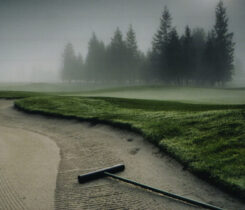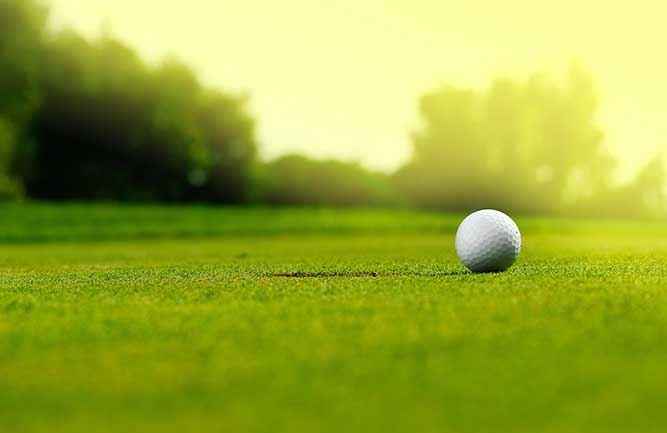Making a cultivar
 For northerners, one of the best times to watch golf on TV is during winter and spring months, culminating with the Masters Tournament. Watching golf on high-definition television while the snow is flying relieves stress. The locations are warm and sunny, and the perfectly manicured — and green — golf courses on TV stand in stark contrast to the cold weather and brown, dormant turf outside the window.
For northerners, one of the best times to watch golf on TV is during winter and spring months, culminating with the Masters Tournament. Watching golf on high-definition television while the snow is flying relieves stress. The locations are warm and sunny, and the perfectly manicured — and green — golf courses on TV stand in stark contrast to the cold weather and brown, dormant turf outside the window.
Looking closer at the green turf — on the level of a putting green, where in some cases more than 150 million shoots reside — I can’t help but think of all the breeding work that has gone into these grasses, both cool-season and warm-season. To golfers and casual observers, an appreciation of what goes into creating these unique turfgrass plants often is lost.
The term cultivar takes on slightly different meanings depending on the turfgrass species, but the term in general refers to a reproductive collection of plants sharing a number of important agronomic characteristics like drought resistance, shade tolerance or an attractive appearance. However, the genetic similarity of cultivar members can range from one in which each individual genetically is identical in the population to a synthetic variety in which no two plants genetically are the same.
The mode of reproduction and preferred method of propagation for a species determines whether we have a genetically identical or genetically diverse cultivar. Reproduction in grasses is classified as sexual or asexual.
Sexual reproduction refers to the production of progeny via the union of male and female gametes. Unless the male and female are homozygous (the same alleles at the location of the gene on the chromosome), various combinations of genes will occur in the offspring as a result of the cross. Species that reproduce sexually may be further subdivided into those that are predominantly cross pollinators and those that naturally self-pollinate.
In asexual reproduction, no new gene combinations occur and all offspring are identical to the parent plant. Asexual reproduction can occur through vegetative propagation like springs, stolons or rhizomes or via apomixis. Apomixis is the production of seed without the union of the male and female gamete. The seed produced by apomixis genetically is identical to the female parent. Apomixis is the means of reproduction in Kentucky bluegrass.
Bermudagrass cultivars like Tifway and Tifgreen are a result of a cross between Cynodon dactylon and C. transvaalensis. This type of cross often is difficult to make, with the end result often sterile offspring, which in some cases is a benefit. In fact, the lack of seedheads or production of non-viable seeds can be seen as an advantage. Because the offspring are sterile, establishment of cultivars like Tifway are vegetatively established.
Mutations can cause variation to occur in offspring from the cross of C. dactylon and C. transvaalensis. Mutations often result in inferior characteristics or severe injury to the offspring. However, mutations occasionally result in improved characteristics. It’s most likely that Tifdwarf occurred as a natural mutation in Tifgreen. AuCentennial centipedegrass is a vegetatively propagated centipedegrass cultivar that arose from a single mutated plant.
Except for Kentucky bluegrass, turfgrasses sold as seed are synthetic cultivars. Synthetic cultivars arise through sexual reproduction from crossing heterozygous parents. Considerable breeding time is devoted to finding superior parents. In addition, we must consider the seed yield of the parents as well as the performance of the offspring. Seeded cultivars take considerable time to develop.
Each type of reproduction lends itself to a different breeding strategy, and ultimately to either a cultivar of identical individuals or a population of visually similar individuals that are genetically unique. Those green plants growing on a putting green, whether on a tournament golf course on TV or at your local municipal course, have much more going on internally than just a green color.










